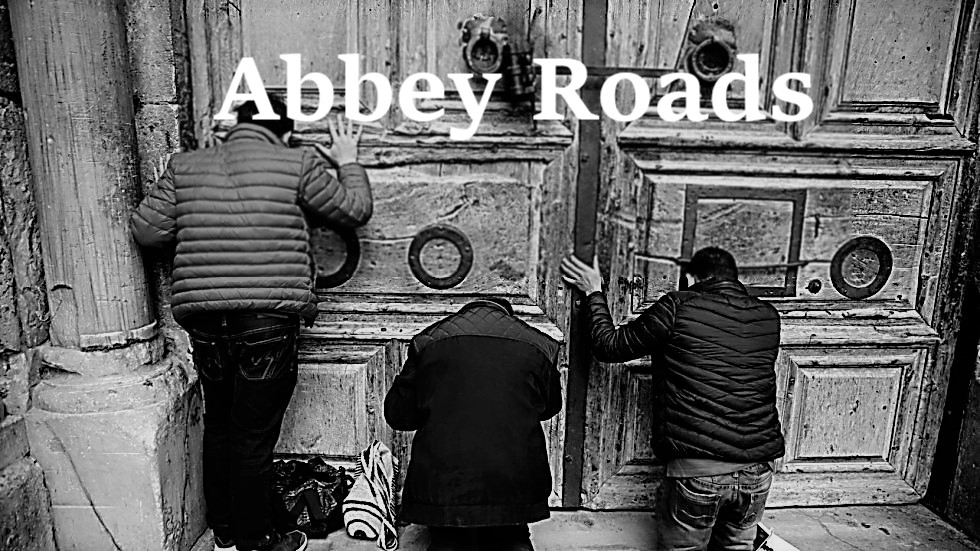Today, May 16, and tomorrow, May 17 is adorned with holy men and women.
Today is the feast of St. Margaret of Cortona, penitent. Our Lord called her the Magdalene of the Franciscan order. She could be a patron for single mothers who were sinners. It would be better to rely on Margaret's merits than their own however - since Margaret was quite extreme in her penance and probably not the best mother for her poor son - who later was entrusted to the Franciscans - which had to be a better life for him. Margaret suffered all her life from gossips who never forgot her sinful past and accused her of continuing indiscretions even after so many years of penance. Perhaps she could be a patron for gay people as well - who once gay, always gay - in the eyes of so many of us.
St. Margaret, pray for us!
St. Simon Stock is also commemorated today. Modern hagiographers tend to discredit the traditional stories about this Carmelite saint, yet he has always been venerated as the one to whom the Blessed Virgin gave the scapular of Mt. Carmel. Scapulars had been around since the first monks - Pachomius was given a version of it by an angel - yet the gift of the Brown Scapular to Simon Stock was indeed special and set apart, and became a sign of consecration even for lay people. I accept the traditional story of St. Simon who is so named because he began his eremetical life living in the hollow of a tree. I like that.
Today is also the memorial of St. John Nepomucene. He is the patron of Czechoslovakia, and of confessors. He was martyred because he refused to divulge the content of the Queen's confessions to the King, who promised him honors if he did so. He didn't and was thrown off a bridge in Prague. His image and story was used by missionaries to the New World to catechize aboriginal people on the Seal of the Confessional.
Ah! Tomorrow, May 17 is especially illustrious!
First, it is the memorial of St. Paschal Baylon. The humble Franciscan lay brother so devoted to the Blessed Sacrament. I love him so much - I pray he grants me an increase of devotion to the Blessed Sacrament - a deep union ...
On this day, May 17, 1925, the Blessed Therese of the Child Jesus and the Holy Face was canonized by Pius XI.
Ninety years later, the Blessed Mary of Jesus Crucified, also know as Mariam Buoardy, the Little Arab, will be canonized by Pope Francis, along with fellow Palestinian Bl. Marie-Alphonsine Ghattas.
Bl. Mary of Jesus Crucified will be celebrated throughout the Church, in Catholic news and on Catholic blogs, so I don't need to say much. The Little Arab is a modern thaumaturge - her life is filled with miracles and wonders, much like the early saints, whose legends have been more or less discredited by contemporary hagiographers who no longer believe in miracles. The wondrous life of Bl. Mary has been documented by contemporaries and studied by mystical theologians.
So. This weekend is filled with saints, revealed in and through the glorious splendor of the Ascension of the Lord.









_-_Compassion_(1897).jpg)











